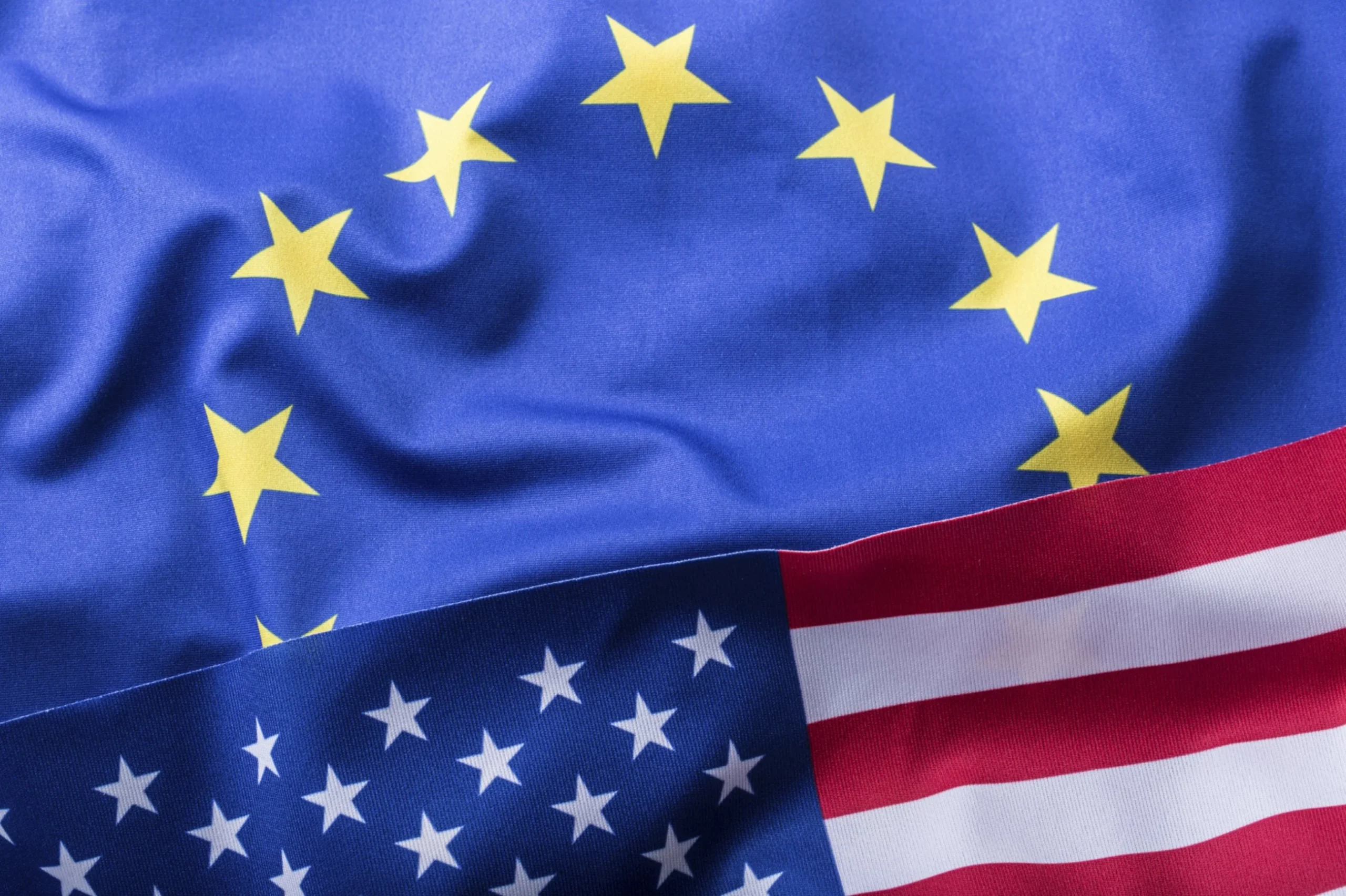EU Trade Commissioner Maroš Šefčovič has stated that Brussels intends to increase its purchases of goods from the United States by €50 billion in order to resolve trade issues with Washington. He also mentioned that progress is being made toward reaching an agreement.
€50 Billion Increase in U.S. Goods Purchases
On May 1, 2025, Maroš Šefčovič, the European Union’s Trade Commissioner, stated in an interview with the Financial Times that the EU plans to increase its purchases of U.S. goods by €50 billion (approximately $56.46 billion). This move is seen as a solution to existing trade issues between the two sides. According to Šefčovič, the primary goal of this proposal is to reduce the trade deficit and establish a more balanced trading relationship. This offer also reflects the EU’s ongoing efforts to strengthen economic ties with the U.S. and to align with American interests.
Dissatisfaction with U.S. 10% Tariffs
Šefčovič further emphasized that the European Union does not want the United States to maintain its 10% tariffs on European goods. These tariffs were imposed by Washington to address the trade deficit with the EU and affect products such as automobiles, steel, aluminum, and other industrial goods. These tariffs have severely impacted trade relations between the two parties, increasing tensions in trade talks. The EU Trade Commissioner believes that these U.S. trade policies are not only ineffective in solving economic problems, but they could also weaken long-term trade relations between the two sides.
EU’s Response to U.S. Retaliatory Tariffs
In response to the tariffs imposed by the United States, the European Union had initially planned to impose retaliatory tariffs on U.S. goods. However, Brussels has decided to temporarily suspend these plans and instead proposed eliminating industrial tariffs on both sides. This offer is seen as a crucial step in facilitating negotiations and reaching a comprehensive trade agreement between the two parties. Šefčovič commented, “We hope that through tariff reductions and easing trade restrictions, we can reach an agreement that benefits both sides.”
Proposed Solutions for Addressing the Trade Deficit
Šefčovič explained that the EU could easily address the €50 billion trade deficit with the United States through increased imports of liquefied natural gas (LNG), certain agricultural products such as soybeans, and other strategic goods. These proposals, particularly in the energy sector, could present an opportunity to strengthen trade cooperation and reduce Europe’s reliance on energy sources from other countries. Additionally, increasing imports of agricultural products from the U.S. could benefit the American agricultural sector while fulfilling the needs of the European market.
Challenges and Complexities of Reaching a U.S. Trade Deal
However, Šefčovič warned that reaching a trade deal that is acceptable to all EU member states and the European Parliament would be very difficult. He explained that any trade agreement must align with the perspectives and demands of EU member countries, which can make the negotiation process more complex. According to Šefčovič, the EU is facing challenges that will need to be resolved in the final negotiations, but fortunately, progress has been made in this area.
Cooperation with the U.S. to Address Global Challenges
Šefčovič also mentioned that the EU is willing to collaborate with the United States to mitigate the impact of China’s increasing exports, which could serve as a sweetener for a broader trade deal. This cooperation could extend to areas such as managing import and export issues, trade imbalances, and even tackling global crises like climate change and security threats. The EU believes that working with the U.S. in this regard could open new opportunities for enhancing the economies of both parties.
Conclusion: The Future of EU-U.S. Trade Relations
In conclusion, Šefčovič stressed that the EU’s goal in these negotiations is to reach a sustainable and balanced trade agreement that benefits all member states. The European Union hopes to secure a comprehensive deal that not only serves the interests of both sides but also contributes to improving global trade relations. However, reaching such an agreement will require time and continued effort, especially given the rapidly changing economic and political conditions worldwide.




